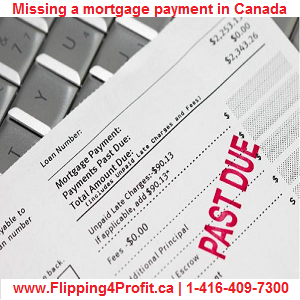Quebec Foreclosure Process starts when a mortgage holder is in default of payment. The mortgage lender issues the home owner a 60-day notice warning...
The Bank of Canada is raising its target for the overnight rate to 3/4 per cent. The Bank Rate is correspondingly 1 per cent...
Missing a Mortgage Payment in Canada Missing a mortgage payment in Canada is a serious matter. The reason a Canadian homeowner goes into foreclosure...
Meridian Offers 1.49% the Lowest Posted Mortgage Rate Meridian Offers 1.49% the lowest posted Mortgage Rate for 18 months.th — the lowest known posted...


